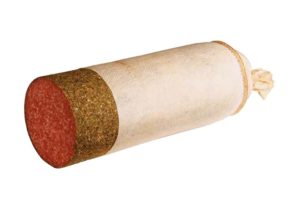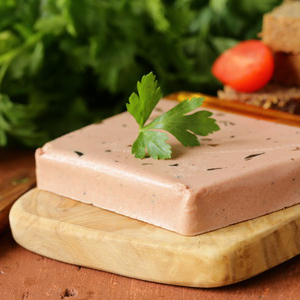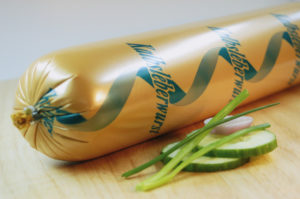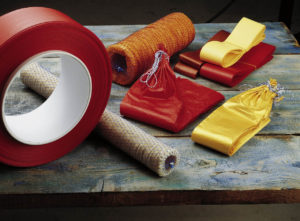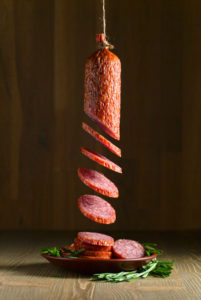As more people embrace the art of homemade sausages or opt for artisanal sources, understanding the best practices for managing meat casings has never been more essential. This article provides a comprehensive guide to maintaining the highest standards of safety and quality in your meat casings.
1. Source from Reliable Suppliers
The first step to ensuring safe and high-quality meat casings is choosing a reputable source. Always opt for suppliers who adhere to stringent safety standards in cleaning, storing, and processing the casings. Verify certifications, scrutinize customer reviews, and ensure a transparent supply chain before making a decision.
2. Proper Storage is Crucial
Whether you’re using natural or synthetic casings, proper storage is vital. Store them in a cool, dry place. For natural casings, refrigeration and pre-soaking in saltwater are recommended. Synthetic casings should be stored according to the manufacturer’s guidelines.
3. Inspect Before Use
Before utilizing any casing, perform a thorough inspection. Look for visible defects like holes, tears, or discolorations. Quality casings should be consistent in thickness and devoid of any anomalies.
4. Be Mindful of Expiry Dates
Just like other food products, meat casings come with expiry dates. Always check these dates to ensure you’re not compromising both safety and flavor.
5. Hygiene is Paramount
Your personal hygiene plays a significant role in the final quality of your sausages. Wash your hands thoroughly, use sanitized equipment, and maintain a clean workspace. These practices reduce the risk of contamination.
6. Avoid Overstuffing
Though it may be tempting, avoid overstuffing the casings. Overfilled casings can rupture during cooking, affecting both the texture and the appearance. A well-stuffed casing should be smooth and even, with no bulges.
7. Post-Production Storage
After your sausages are made, correct storage is vital. Refrigerate them immediately and consume within a few days unless they’ve been cured or smoked. For extended shelf-life, consider freezing. Use air-tight containers or vacuum-sealing for maximum freshness.
8. Prevent Cross-Contamination
When handling meat casings, make sure all your equipment—from knives to filling machines—is clean and sanitized. Cross-contamination can easily occur, particularly when handling raw meat. Designate tools for specific tasks and clean them regularly.
9. Choose the Right Casing for the Job
Different sausages may require different types of casings. Natural casings, typically made from animal intestines, offer unique texture and flavor. Synthetic casings, often made from collagen or cellulose, provide uniform shape and size. Your desired end product will guide your choice of casing.
By meticulously sourcing, storing, and handling your meat casings, you can significantly elevate the overall experience and safety of your meat products. Following these best practices will ensure delectable and secure sausage consumption for you and your loved ones.

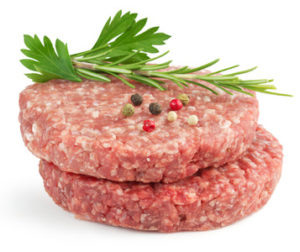
 MMIS Mondo
MMIS Mondo

 MMIS Mondo
MMIS Mondo
